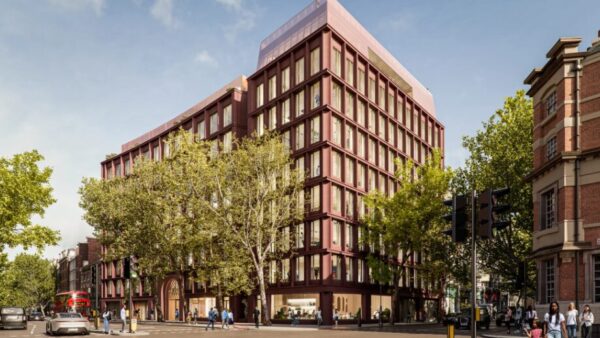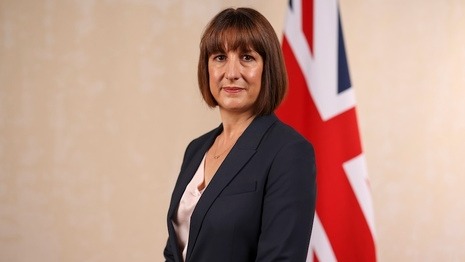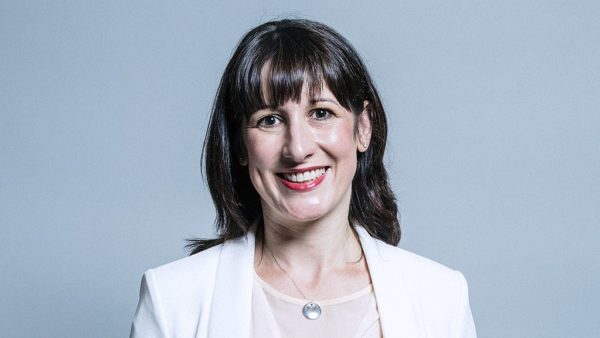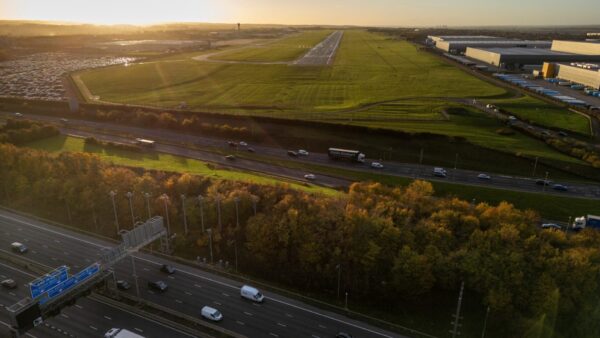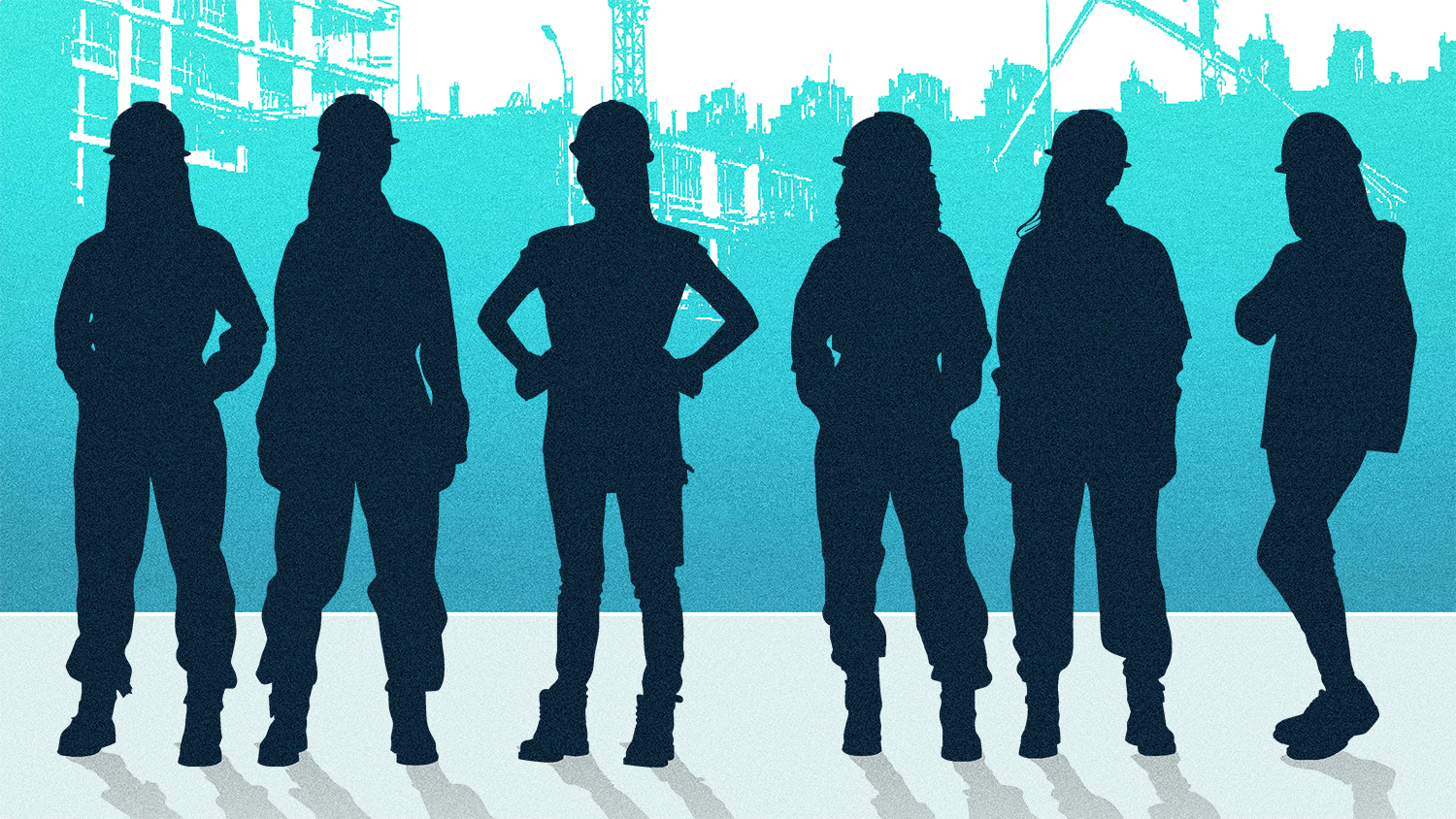
How could construction sites be more welcoming to women? Ahead of International Women’s Day, former site engineer Kristina Smith asked four female industry professionals – and came up with seven points that need addressing.
It can be pretty uncomfortable to be considered a novelty in any situation. For a woman walking on to site for the first time, it will mean that you are looked at more than a man might be. If you are one of just a few women on the site team, your colleagues might get your name wrong, or even call every female by the same name (yes, this really does happen).
Without waving a magic wand to increase the proportion of women in operational roles on-site, what can be done to make women – and other minorities in the industry – feel more welcome on site? This was the challenge that British Land project director Lynn Summerfield set for Skanska senior construction manager Sophie Baker on the Norton Folgate project in London.
“Having a female client was a first for me,” recalls Baker, “and also one who was really willing to open up these conversations. I was given the opportunity to think about how you make the space welcoming and motivating for all sorts of people, whatever their background.”
We asked Baker, Summerfield, CIOB president Sandi Rhys Jones and Construction Plant-hire Association technical and development officer Katie Kelleher – a former apprentice herself – for their ideas on how to make sites more welcoming. And they don’t just apply to new female apprentices. People from other minority groups, those arriving at the site for the first time and visitors from any background could all feel a little more welcome walking through the turnstiles.
1. Onboarding
When Kelleher arrived on her first site as an apprentice, there was no one to greet her. “It was awful,” she recalls. “I had been told to arrive a couple of hours before I needed to be there – unbeknown to me – and I ended up in somebody else’s meeting with everyone staring at me. And the staring continued all day. Had I been younger, I would not have gone back.”

“There are simple things you can do to make it better. ‘Man hours’ are working hours. ‘Men at work’ means people working.”
Imagining arriving as a newbie to site, these are Baker’s thoughts: “The initial feeling would be that you visibly stand out as being different from everyone else. You might feel alone, a bit disoriented.”
For a smaller site, an improvement could simply be posting some instructions at the entrance to site about how to get in or who to ask for. On bigger projects, it might be possible to have a female logistics person at the gate.
At Norton Folgate, those doing inductions alerted Baker or another female person if a woman was among the newcomers. They would then be walked round site by one of the female team members. “We used this as a mechanism to chat to the person and build a relationship with them, to find a commonality in an environment where there is little,” says Baker.
2. Canteen
Canteens can be an intimidating place, especially if you look different to everyone else there. Walk in, and natural curiosity means that multiple heads will turn your way.
At Norton Folgate, one of the routes into site was through the canteen. A suggestion that came from the women working on that site was to partition the route off so that they didn’t have to endure the daily rubbernecking which some of them found intimidating.
“That also went for other people coming to site,” says Baker. “It might be a young architect, or our client might be bringing a potential tenant to walk around the development. We want them to feel comfortable too.”
3. Showers and toilets
When Sandi Rhys Jones was first talking about making construction sites inclusive, decades ago, there were often no toilets at all for females. That isn’t the case now – at least on bigger sites.
“There are some major projects where they really do have decent facilities. That impressed me,” she says, adding that, with an ageing workforce, men have just as great a need as women for private and decent facilities on site. “It’s a bigger issue around how we look after people.”
Baker’s advice to anyone planning welfare facilities is to arrange for a peer review or ask the architect for 30 minutes of their time if there’s no suitable person on the team. Things to consider include lines of sight through toilet and shower doors, routes and locations of facilities and whether people feel safe. Building owners are now installing alarms in all showers, notes Baker; this could be a cost-effective way to make people feel safer on sites too.
4. Networking groups
One way to prevent individuals from feeling isolated is to put them in touch with others like them. This happened at Norton Folgate through a physical, quarterly breakfast meeting – primarily for women, although all were welcome – and with a WhatsApp group.

”Networking opportunities give you a sense of community and confidence to know that somebody has your back if you put your head above the parapet.“
On bigger projects, such as Tideway and Crossrail, working groups of allies across projects worked really well, says Kelleher. “It’s about putting people in touch with others who are the same as them.”
Now Kelleher is part of a group on Instagram which links women working in trades. “I see the problems people come up against
on sites. Without that group they would have no one else to talk to about it,” she says.
For sites where there are few women, managers could set up networking opportunities with people from the wider project team, says Baker. “It gives you the sense of community and the confidence to know that somebody has your back. As a woman, you stand out, so if you put your head above the parapet and, if you fail, you are way more visible.”
“A good construction manager will find ways to interconnect their team and other teams. That’s about better comms and knowledge sharing,” says Rhys Jones. “Make sure everybody is communicating and that there are all sorts of different people involved. It’s a professional network that reduces isolation.”
5. Validation
Rhys Jones’ advice for projects with just one woman might seem surprising at first: “Start by referring to that woman by her proper name and recognising what their role is. Consolidate them as individuals.”
She tells the story of an engineer who moved from a contractor to a consultancy and reported that, after three years of being called ‘love’ or ‘duck’, felt validated, simply because she was called by her actual name.
Baker echoes this. “Please get people’s names right,” she urges, remembering one project where the construction manager always called her and her one other female colleague by the same name. “You tend to lose your identity,” she says.

“The #PPEthatfits campaign is important for safety reasons, and it affects your confidence if you look like you are wearing your dad’s clothes.”
6. #PPEthatfits
Providing PPE that fits properly is primarily an issue of safety, says Rhys Jones, who is one of the champions of CIOB’s #PPEthatfits campaign. Ill-fitting clothing can cause trips or get caught in machinery. Boots made for men’s feet can cause health problems for women, such as plantar fasciitis.
Kelleher, who also supports the campaign, recalls having to wear PPE that was far too big. “There was always something that wasn’t proportionately right.” As a crane driver, she had to remove her oversize jacket once in the cab to be able to move properly to operate the controls. “It affects your confidence too if you look like you are wearing your dad’s clothes.”
“The thing is, PPE designed for women does exist so why isn’t it more available?” asks Rhys Jones, although she acknowledges that there can be issues around provision for the supply chain, and limitations due to procurement systems.
“That’s another opportunity for construction managers,” says Rhys Jones. “They should be having conversations about how PPE procurement is done and how it can be possible to buy PPE that fits everybody. Then it’s about people instead of survival of the fittest… It changes the dynamic on your project.”
7. Language
Language can be a barrier to inclusion on many levels. Phrases such as ‘man hours’ send out subliminal messages to women that this is not a working environment for them.
“It is divisive,” says Rhys Jones. “You can manage it without being clunky or precious or woke. There are simple things you can do to make it better. ‘Man hours’ are working hours. ‘Men at work’ means people working.” If you are highlighting helpful changes in language, employ a light touch or even humour if possible, she advises.
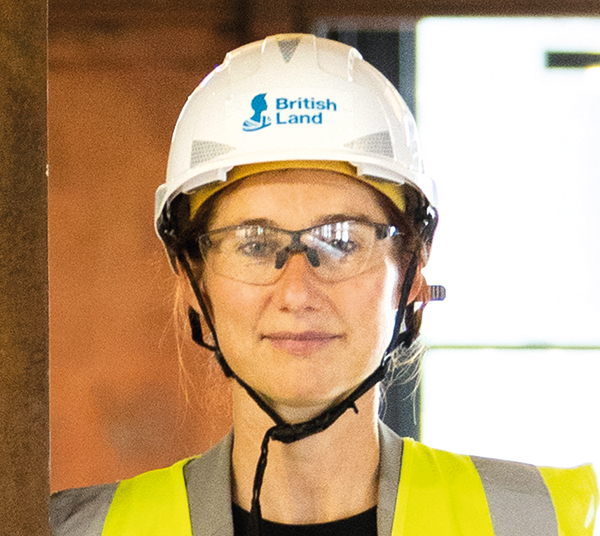
“Coaching of trades’ contract leaders would show that small changes in attitude and actions can improve people’s working lives.”
At Norton Folgate, Baker found that some of the women had limited spoken English skills. “That’s an industry problem for all genders,” she says. Just like putting women in touch with each other, so linking people with others from the same country or with the same mother tongue helps reduce isolation and make people feel more welcome, says Baker.
Looking back – and forwards
Looking back to when she first worked on sites in the 1990s, there have been massive changes, says Summerfield. “I used to be the only operational person but now, particularly in a big contractor’s office, it is generally more diverse. And that increase in diversity has driven the environment to be better and more welcoming.”
Rhys Jones remembers a time of ‘saucy posters’ on site. “It’s only when I look back, that I think how that was the norm,” she says, adding that improvements in health and safety have led to more professional management practices all round.
Outside the site office, however, the industry must work harder to change the culture on site, says Summerfield. Like the behavioural changes that have driven improvements in safety, she would like to see coaching of trades contract leaders so they understand how small changes in attitude and actions can improve people’s working lives.
“We showed during Covid how quickly we could adapt. That’s what we do. We have all the right skills to manage these changes.”



